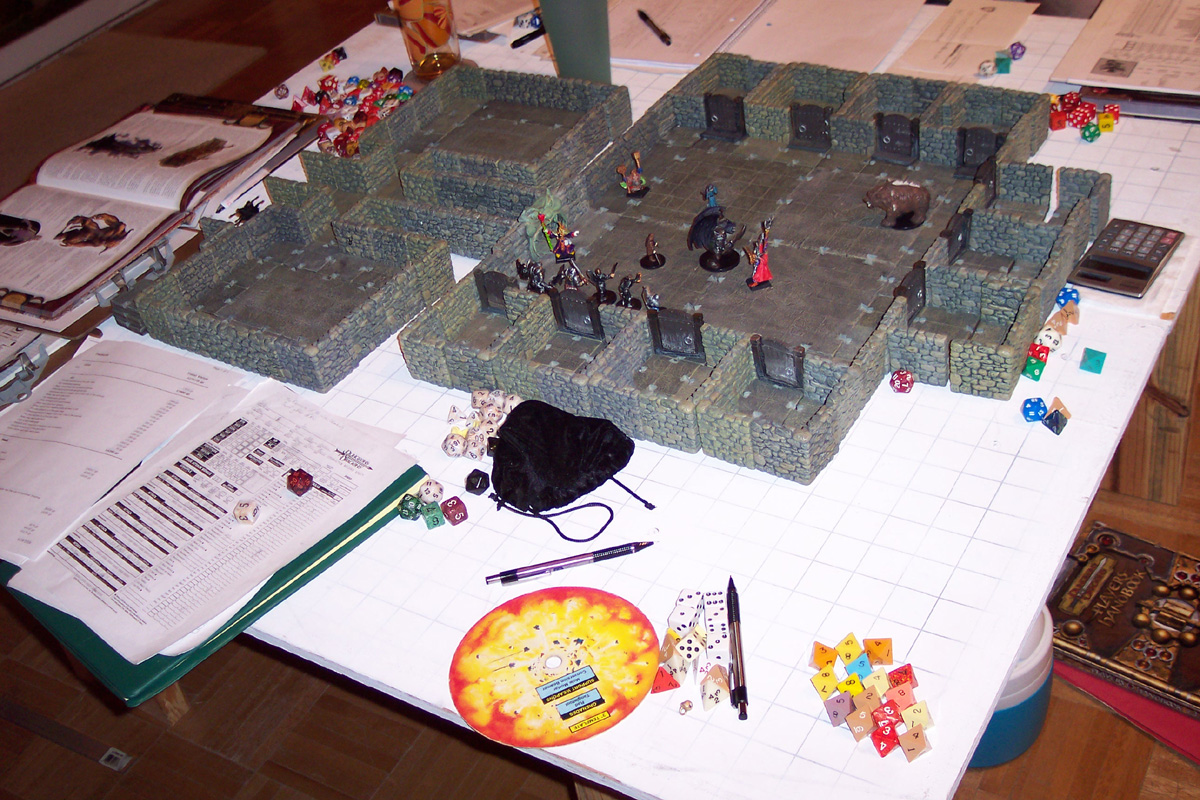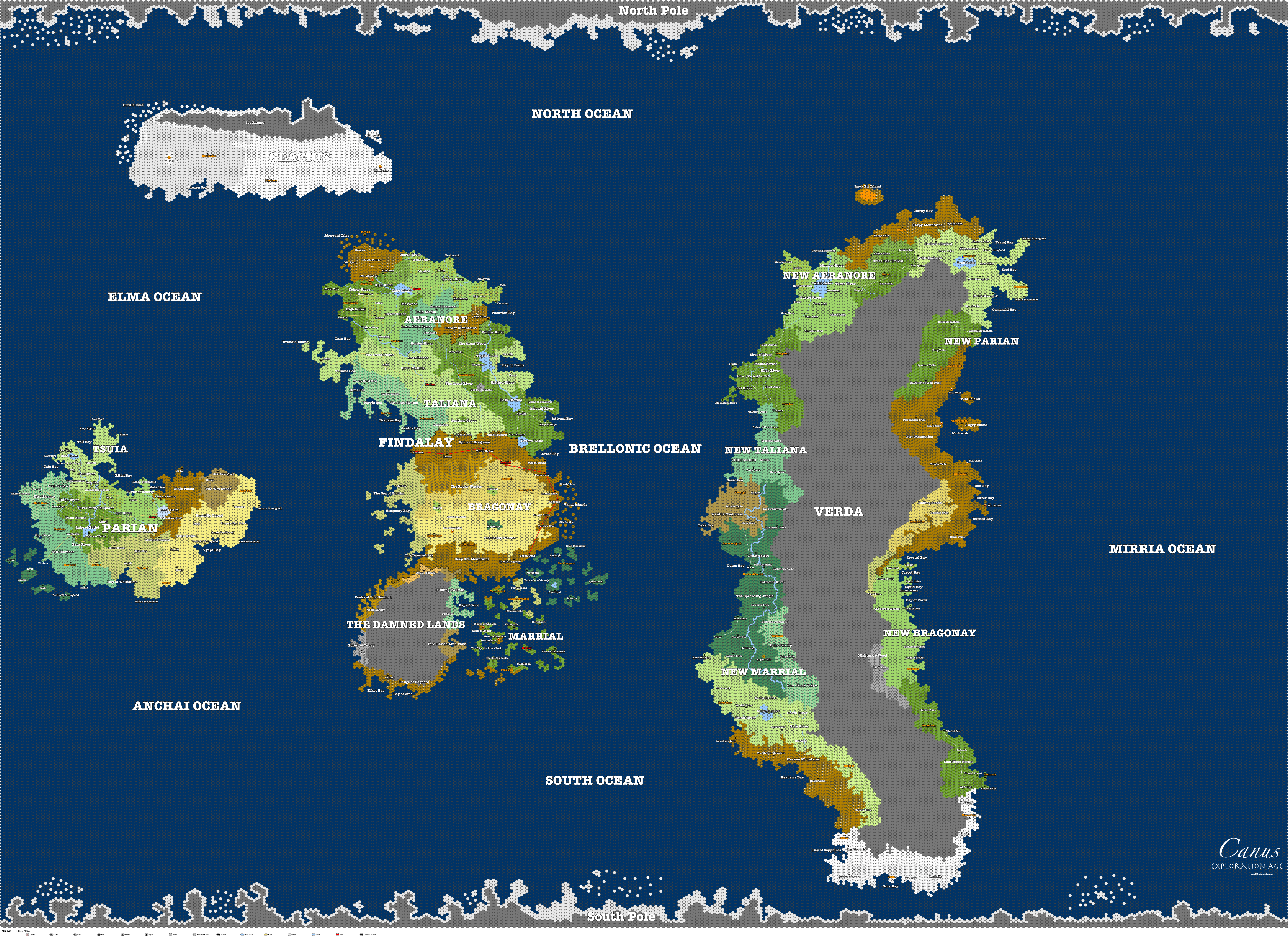Dungeons & Dormitories
Publisher’s Choice Quality Stock Art © Rick Hershey / Fat Goblin Games
When I create a published adventure that includes a dungeon, I try to create a closed world where creatures interact with each other. Unless a your dungeon is full of creatures without sapience (a definite possibility), odds are the inhabitants have social desires that they fulfill with the other inhabitants of the dungeon. There’s nothing wrong with kicking in the door and shoving a sword into every chaotic evil monster one sees, but if you can create connections between the dungeon inhabitants, player characters who don’t instantly murder find themselves in a microworld full of rich interpersonal histories. Not only do these relationships immerse your players into the world, but they also give them a new angle for achieving their goals in the dungeon. The different relationships among the hobgoblins of Karzarack Keep allow player characters to cut deals, make alliances, blackmail enemies, and cause chaos without needing to ever unsheath a sword.
While I can’t include interpersonal relationships for every creature mentioned in one of my published adventures due to word count, I can give you some advice and a table to make creating relationships between dungeon inhabitants a snap!
Dungeons are Dorms
Too often we think of dungeons as places where only a few NPCs are significant. The goblin boss and maybe a mage advisor are the only two creatures we bother to give names, personalities, and desires while the rest of the critters in that dank cave are simply resource-wasting chunks of HP who are servants of their master. The truth of life is so much more complex. If you give the inhabitants meaning in each other’s eyes, they’ll gain meaning in the eyes of your players as well.
Dungeons are confined spaces where inhabitants live together, sometimes for years, decades, or even centuries! Think of any confined space where one spends many waking (and often sleeping) hours with others: college dorms, deployment in the armed services, summer camps, conventions, office environments, backstage at a theater, practicing a team sport, and so many other places. If you’ve ever had such an experience, you know there’s always some kind of drama going on! Dungeons should share that kind of drama. Who says orcs can’t have a torrid love triangle? Sure, they might handle it differently than humans in the real world, but orc love happens all the same.
These are the sort of connections we should be thinking about the inhabitants of our dungeons having. Who is romantically involved with whom? Who used to be romantically involved but no longer is? Who is friends with whom? Who drives others crazy due to a bad habit? Who stole from someone else? Who has a longtime grudge they can’t let go of? Any group of creatures living together in a dungeon likely has some of this drama going on.
The Table Makes It Easy
Drawing connections between all of the NPCs in a dungeon seems like a lot of work, but it truly is not. Yes, your player characters MIGHT talk to every inhabitant in the dungeon, but my guess is that most groups chat with a few while fighting or scaring off others. Why put in the work to flesh out every single relationship if only a few matter?
Instead use the Dungeon Relationships table below. When the player characters talk to or observe an NPC, roll or choose a relationship the NPC has with at least one other in the dungeon using the table. Keep a random name generator (like this one from Sly Flourish) handy and you’ll be able to improv the drama of any dungeon.
Keep in mind that you can tailor the relationships to meet the stories of the creatures. For instance, one ogre might steal food from another causing outrage and bloodshed while dragons might steal treasure from each other and look for subtler revenge.
Dungeon Relationships
| d20 | Relationship |
| 1 | This inhabitant is currently in love with two others. |
| 2 | This inhabitant has a romantic relationship with one other. |
| 3 | This inhabitant used to be romantically involved with another, but the relationship ended. |
| 4 | This inhabitant stole from another. |
| 5 | This inhabitant is jealous of another’s success. |
| 6 | This inhabitant has a habit that annoys the others. |
| 7 | This inhabitant is the leader of a clique that opposes another group in dungeon. |
| 8 | This inhabitant secretly loves another. |
| 9 | This inhabitant secretly works to overthrow another with a higher position. |
| 10 | This inhabitant treats those below it worse than usual. |
| 11 | This inhabitant hates others and tries to be alone at all times. |
| 12 | This inhabitant loves to spread rumors about the other inhabitants. |
| 13 | This inhabitant wants friends but has none. |
| 14 | This inhabitant worships another like a hero. |
| 15 | This inhabitant sees another as a friendly rival. |
| 16 | This inhabitant sees another as a hated rival. |
| 17 | This inhabitant needs others to be part of group artistic or experimental projects. |
| 18 | This inhabitant constantly lectures others about a particular moral or academic topic. |
| 19 | This inhabitant performed an incredible deed that most others brag about. |
| 20 | This inhabitant did something that brought shame to most of the others. |
If you like what you’re reading please follow me on Twitter, like World Builder Blog on Facebook, check out my podcasts, find my products on the DMs Guild, tell your friends about the blog, and/or leave me a comment and let me know you think. Thanks!




